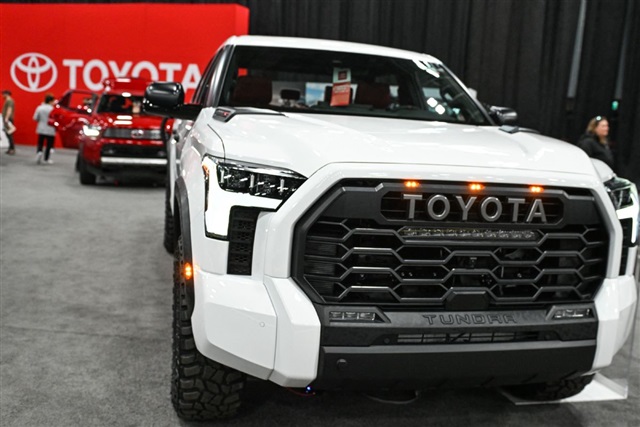Toyota Motor Corporation announced plans to invest up to US$10 billion in the US over the next five years, signaling a major expansion of its domestic operations. The confirmation comes less than a month after President Donald Trump publicly mentioned the potential investment in October 2025.
Reports from Bloomberg and Yomiuri Shimbun note that Toyota's announcement clarifies a period of uncertainty during Trump's recent visit to Japan. At the time, the president indicated that Toyota intended to build multiple factories in the US, with total investments exceeding US$10 billion. Toyota did not immediately respond, leaving details unclear. The company has now formally confirmed the plan, though specifics of the funding allocation remain under wraps.
During the inauguration of Toyota's new battery plant in North Carolina on November 12, David Christ, group vice president and general manager of the Toyota Division at Toyota Motor North America, stated that the company will release more information about how the investment will be deployed as the project progresses.
According to Toyota, the funding will be directed toward "next-generation mobility", a term the company uses to describe the development of electric and hybrid vehicles, along with related infrastructure and production capabilities. Analysts suggest the investment will likely focus on expanding equipment and facilities for EVs and HEVs.
Market observers also note that the move may be linked to recent US trade policies. Currently, Japanese automakers face a 15% tariff on vehicles exported to the US. Toyota estimates that the tariff could reduce operating profits by approximately JPY1.45 trillion (approx. US$9.3 billion) in the fiscal year ending March 2026. By boosting domestic production in the US, the company hopes to mitigate the impact of tariffs and strengthen supply chain resilience.
The announcement underscores Toyota's commitment to maintaining a strong presence in the US while adapting to the evolving global automotive landscape, particularly as the industry shifts toward electrification.
Article edited by Jack Wu




